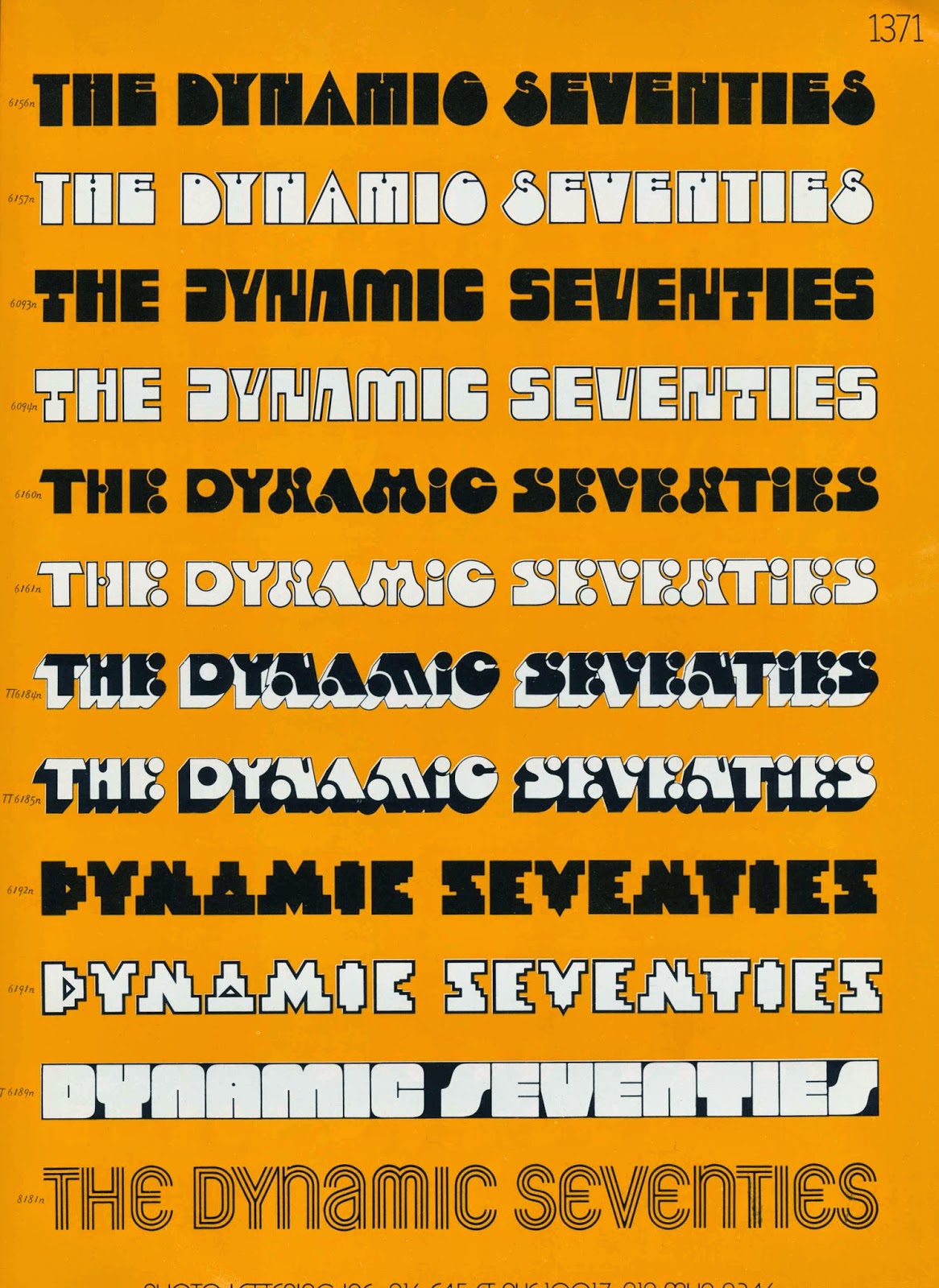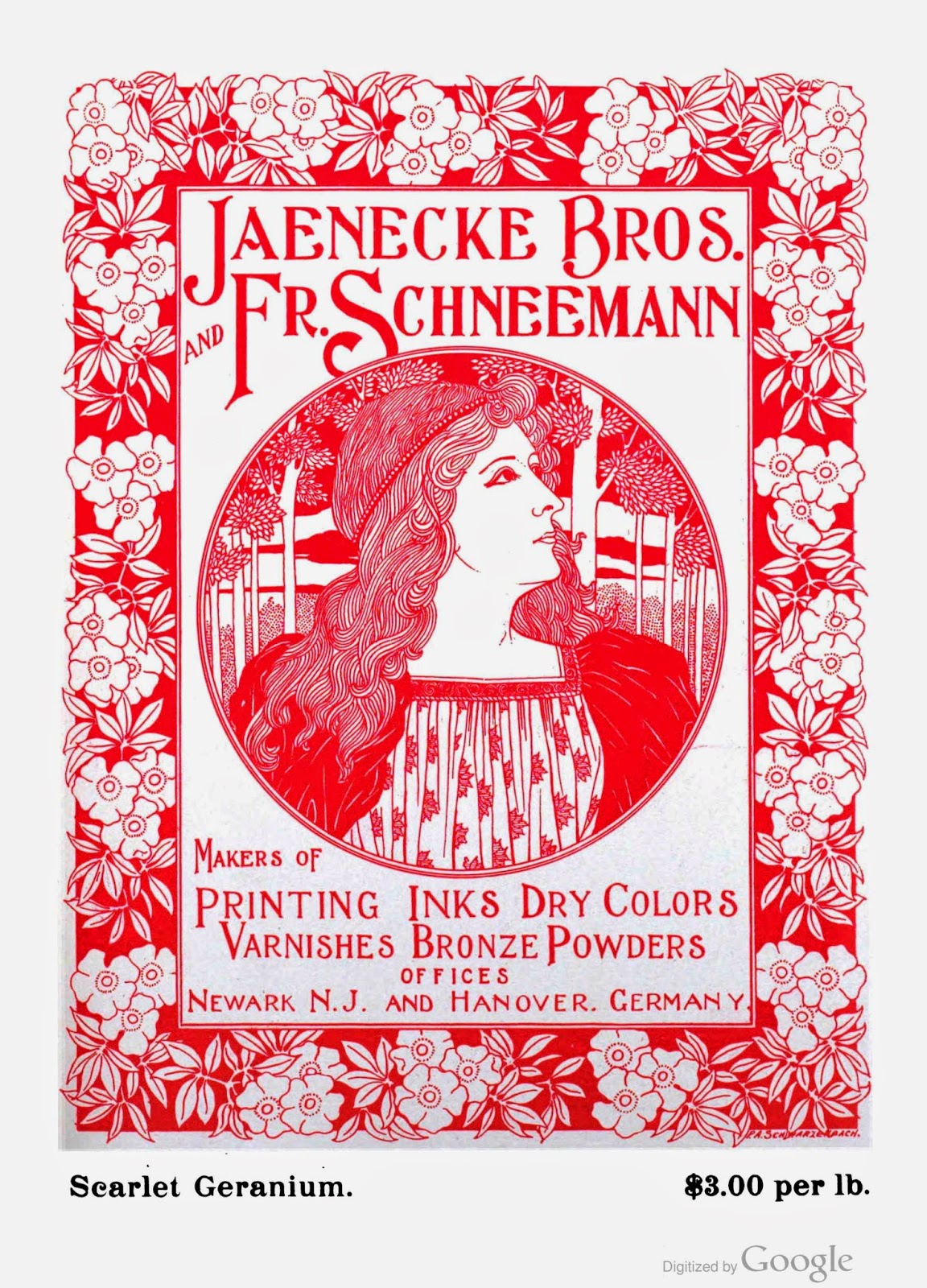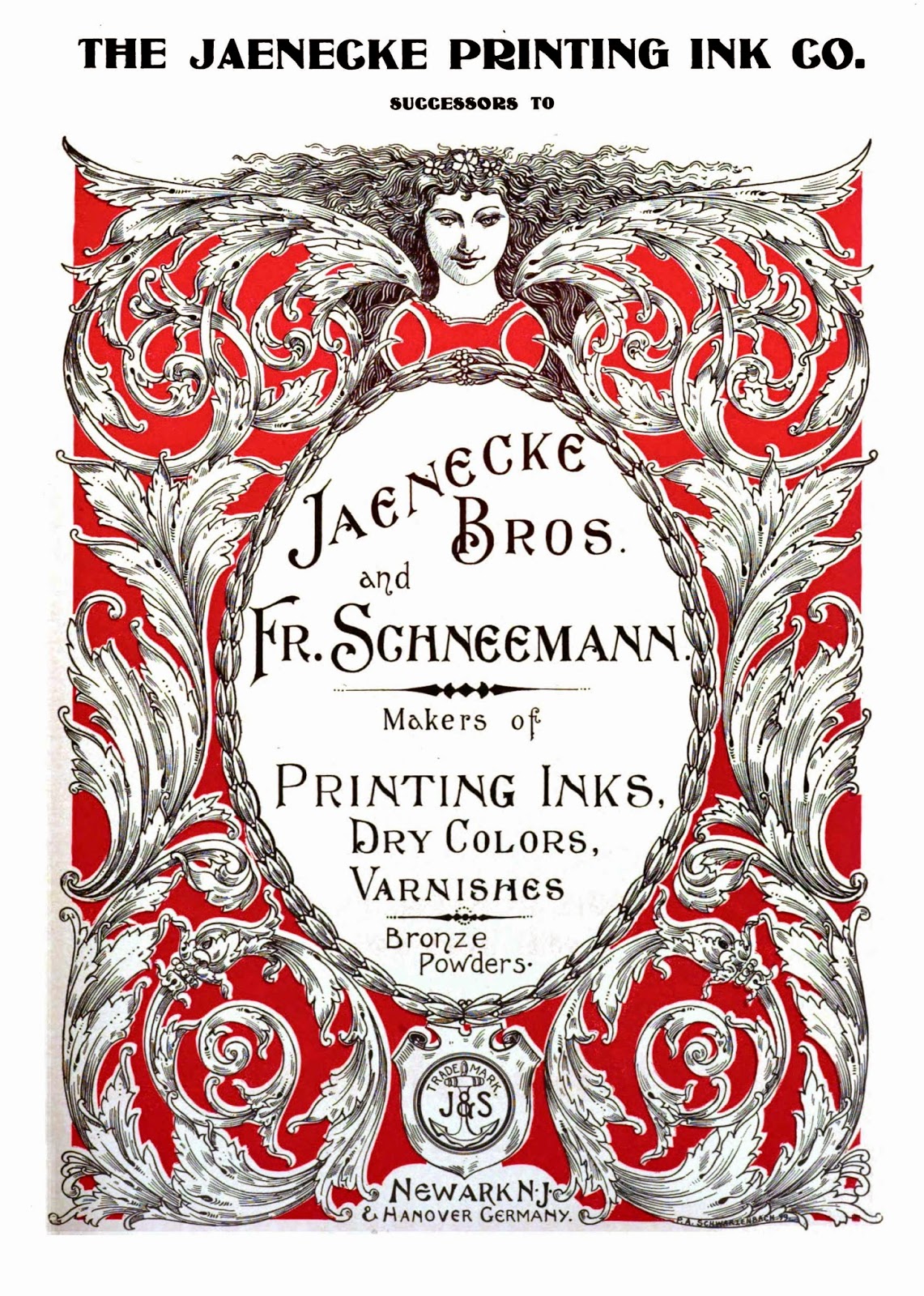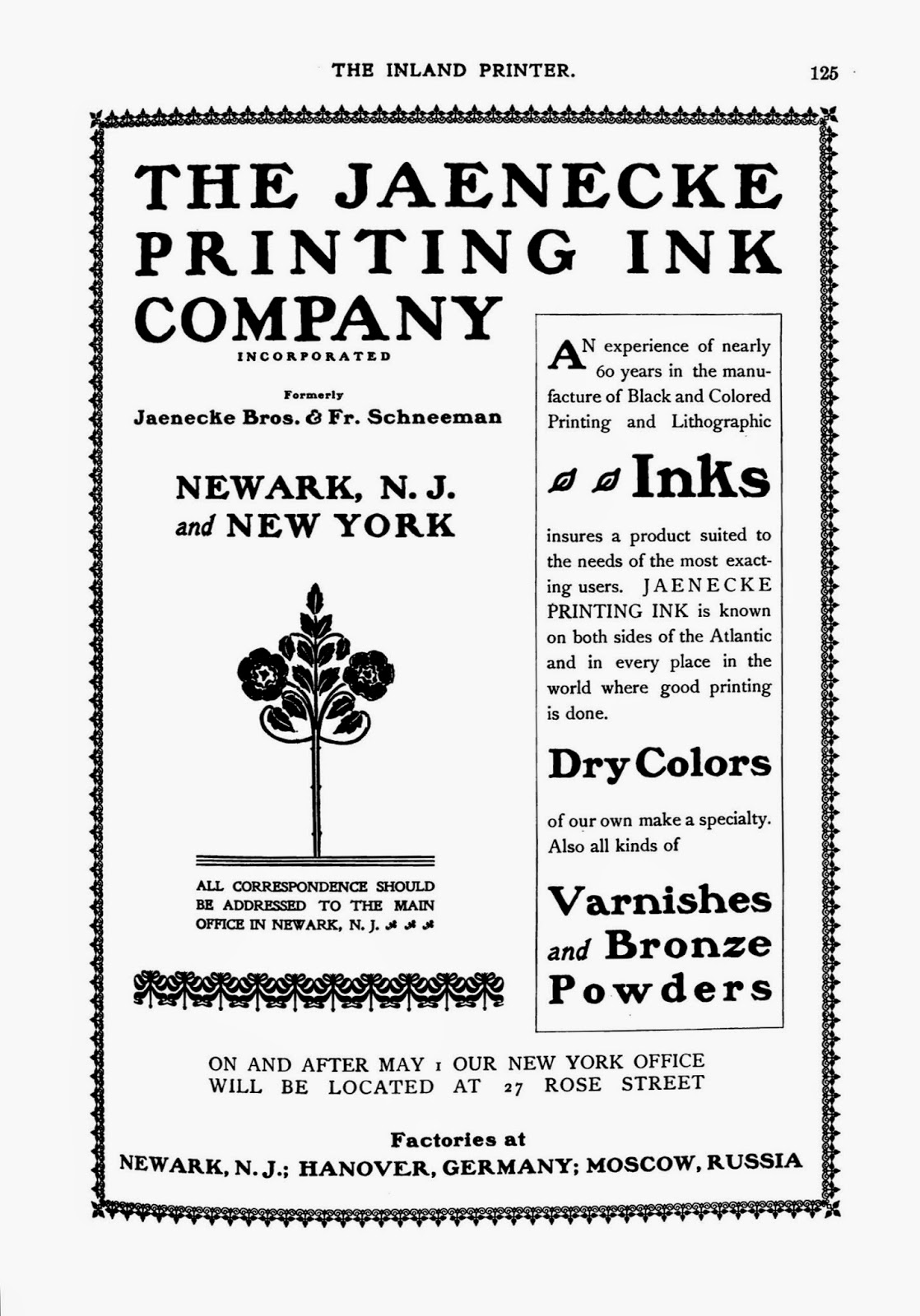In
Wonder Woman: The Complete History (Chronicle Books, 2000), from chapter two, “The Amazon”, Les Daniels wrote:
The youngest of the [Marston] children, Olive, remembers Harry Peter’s kindness. “I was small. Harry was a very gentle man. He would put me on a stool and ask me to be quiet, and I could watch him draw,” she said. “I was a very good kid because I was so amazed. It was very impressive.” Olive was taken to the office by another member of “this Wonder Woman network,” Marjorie Wilkes. “She was one of Mom’s dearest friends, and she lost her husband to the influenza, and so she came to live with us also,” Olive explained. “I think that the gut work was done between Marjorie and Dad, because she was the one who helped name her Wonder Woman. She used to do a lot of the lettering, and when he wrote the scripts she would be the one to type them up. She was a good lady.”
In
The Secret History of Wonder Woman (Knopf, 2014), from chapter seven, “Machine Detects Liars, Traps Crooks”, Jill Lepore wrote:
“No one knows more about the production of Wonder Woman than Marjorie W. Huntley,” Holloway liked to say. In the 1940s, Huntley helped out with the inking and lettering of Wonder Woman, including panel after panel depicting women shackled, hands and feet. “How can she run with that ball and chains?” one of Wonder Woman’s captors cries out. Huntley was schooled in suffrage, but she believed, too, in what she called “love binding”; the importance of being tied and chained. She also believed in extra-body consciousness, vibrations, reincarnation, and the psychic nature of orgasm.
A
Leroy lettering guide was used for the lettering.
Below is some biographical information about Marjorie Wilkes who was born December 29, 1889, in Atlanta, Georgia.
1900 United States Federal CensusParents: Samuel (Railroad Agent) and Georgia Wilkes
Home: 300 Lee Street, Atlanta, Georgia
1910 United States Federal CensusParents: Samuel (Assistant Freight Agent/Georgia Railroad) and Georgia Wilkes
Home: 500 Spring Street, Atlanta, Georgia
War Library BulletinJune 1918
Camp Gordon, Ga., Marjorie Wilkes, Hospital librarian.
The Library JournalJuly 1918
Camp Gordon, Atlanta, Ga…..Marjorie Wilkes, hospital librarian
Bulletin of the American Library AssociationSeptember 1918
The librarian at Red Cross house, Camp Gordon, Miss Marjorie Wilkes, paid a call recently at the bedside of a man who was perfectly certain that he did not want to read anything. His was an orthopedic case and he was peevish and almost contemptuous. But it transpired that Miss Wilkes discovered in him a latent sense of humor and soon after her call she sent him a copy of “Penrod” with the message that if ever he had been a boy she was sure he would enjoy the book. The next time she visited the ward this man instead of being almost rude and wholly unresponsive was all smiles. Never had he enjoyed a book like that one. Would she send him another? Greatest thing he’d ever read.
To satisfy the needs of sick soldiers it is necessary not only to take the book to the man but to get acquainted with him. After this has been done the librarian and her orderly have the supremest satisfaction that can come to such workers, namely that of seeing every man in the ward with a book, a scrapbook, or a magazine in his hand. As Miss Wilkes’ orderly said after getting back from one of his rounds, “Well, I left everybody a-readin’.”
Bulletin of the American Library AssociationNovember 1918
Upton Camp, N.Y.
Base Hospital.....Marjorie Wilkes, Hospital Librarian
New York, New York, Marriage IndexName: Marjorie “Wilker” [transcription error]
Spouse: Laurence M. Huntley
Marriage Date: January 3, 1920
Marriage Place: Manhattan, New York
Certificate Number: 7254
The certificate information is at Ancestry.com. The certificate transcription says Laurence with a “u”. In the
American Library Association Handbook and
Who’s Who in Library Service (farther down) the spelling is “Lawrence”. In her book, Lepore did not state Huntley’s first name and date of the marriage. She also said Marjorie left her husband in 1914. In Daniel’s book, Olive Marston said Marjorie’s husband died of influenza, and
Who’s Who said he was deceased.
1920 United States Federal Censusnot found
Board of Elections of the City of New YorkList of Enrolled Voters
First Assembly District
Borough of Richmond
December 31, 1921
Fifteenth Election District
Huntley, Marjorie W., 68 Davis ave…..Socialist
Educational Directory 1922–1923Department of the Interior
Bureau of Education
Bulletin, 1922, No. 50
XVII.—Librarians of Public and Society Libraries
New Jersey
Edgewater…..Free Libary…..Mrs. Marjorie W. Huntley
Child StudyVolumes 1-6
Kraus Reprint Corporation, 1923
Marjorie W. Huntley, Librarian
1930 United States Federal CensusHousehold: William M. Marston, his wife, Elizabeth, and son Moulton; widow and librarian Marjorie Huntley was a roomer
Home: 460 Riverside Drive, Manhattan, New York, New York
Special LibrariesFebruary 1930
Marjorie W. Huntley is now with the Cleanliness Institute in charge of the classified files.
Bulletin of the American Library Association, Handbook 1931Cleanliness Inst. L., 45 E. 17th St., N. Y. City. (Mrs. Marjorie W. Huntley, In.) 18959.
The BooklistAmerican Library Association
Volume 34, No. 8 and 20, 1937
A.L.A. Committee on Hospital Libraries
Mrs. Marjorie W. Huntley
Bulletin of the American Library AssociationVolume 32, Issues 10-13, 1938
Mrs. Marjorie W. Huntley
1939 Waltham, Massachusetts, City DirectoryName: Mrs Marjorie W Huntley
Street address: 475 Trapelo rd
Occupation: Senior Library Asst
1940 United States Federal CensusHousehold: William M. Marston, his wife, Elizabeth, and children, Moulton, Bryne, Donn and Olive Ann; Olive B. Richard identified as William’s sister-in-law; widow and librarian Marjorie Huntley was a lodger
American Library Association Conference1941
Mrs. Huntley’s Paper
Mrs. Marjorie W. Huntley, Metropolitan Hospital, New York City, spoke on “Mental Patients and the Hospital Library.”
American Library Association Handbook1941
Huntley, Marjorie Wilkes, (Mrs. Lawrence Malcolm) ln. Metropolitan Hospital L., Welfare Island, New York, N.Y. 32471.
Manual of the New York Library Association1941
Mrs. Marjorie W. Huntley, Metropolitan Hospital, Welfare Island, New York City.
Who’s Who in Library ServiceIssue 2
H.W. Wilson Co., 1943
Huntley, Marjorie Wilkes, (Mrs. Lawrence M. Huntley), Librarian, Metropolitan Hospital, Welfare Island, New York, N.Y. Home: 81 Oakland Beach Av., Rye, N.Y. b. Atlanta, Ga., Dec. 29, 1889; d. Samuel W. and Georgiana (Brewster) Wilkes; m. Lawrence Malcolm Huntley (deceased). Lucy Cobb Inst., Athens, Ga., 1906–7; train, class, N.Y. pub. lib., 1916–7. Investigator, East Side house settlement, 1913, family case worker, Charity org. soc., 1914, (New York); A.L.A. hosp. librn.. Camp Gordon, Ga., Camp Upton, N.Y., and Camp Merritt, N.J., 1918–9; librn. Wynekoop, Hallenbeck & Crawford (printers), New York, 1920–2. Child study assn., New York, 1926–9, Metropolitan state hosp., Waltham, Mass., 1935–9; head librn. Edgewater (N.J.) free pub. lib., 1922–6; ref. librn. Cleanliness Inst., New York, 1929–32. Mem. A.L.A., N.Y. lib. club, Bergen and Passaic со. lib. club (pres., 1925 ), S.L.A., Instn. libs, group (Mass.) (pres., 1936). Protestant.
![]()
Standing left to right. Byrne Marston, Moulton (Pete) Marston, Olive Byrne Richard. Seated left to right: Marjorie Wilkes, Olive Ann Marston. William Moulton Marston, Donn Marston, Elizabeth Holloway Marston. 1947 photograph from
Wonder Woman: The Complete History.
1957 Manhattan, New York City, Telephone DirectoryName: Mrs Marjorie W Huntley
Street address: 440 E 23 SPrng 7-1076
Massachusetts Death IndexName: Marjorie Wilkes
Death Date: December 30, 1986
Death Place: Marlborough
Certificate: 058069
Further ReadingThe New Yorker
(Next post on Monday: Holiday Greetings 1922)





































































































































.jpg)





.jpg)

.jpg)

.jpg)
.jpg)
%2B02.jpg)
.jpg)
.jpg)
%2B02.jpg)
.jpg)
.jpg)
.jpg)
.jpg)






































.jpg)

.jpg)
.jpg)
.jpg)

.jpg)



.jpg)
.jpg)
.jpg)
.jpg)


























